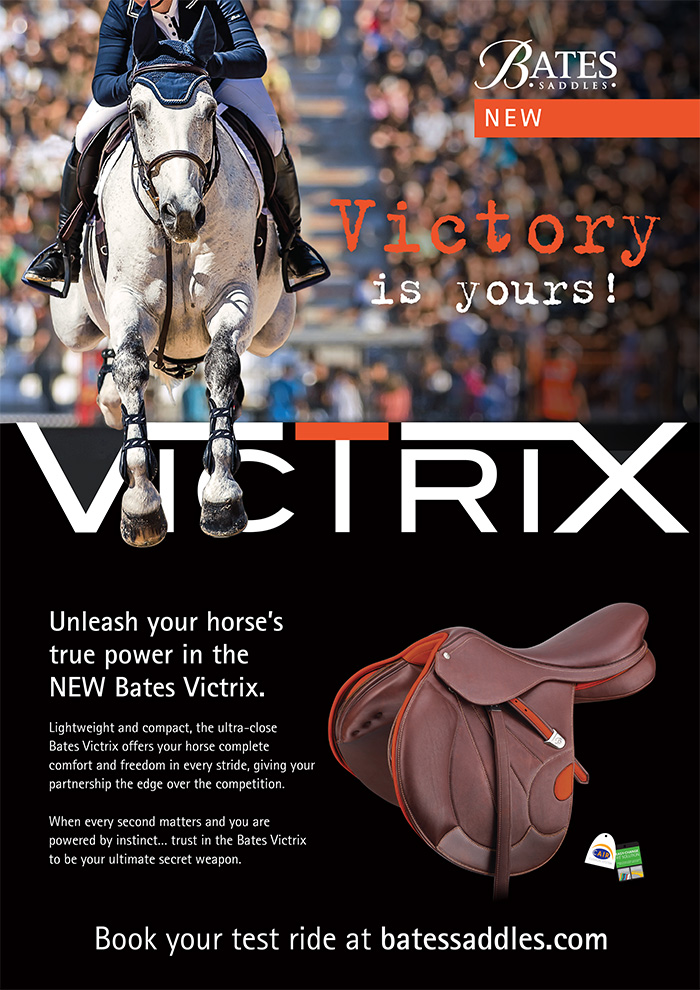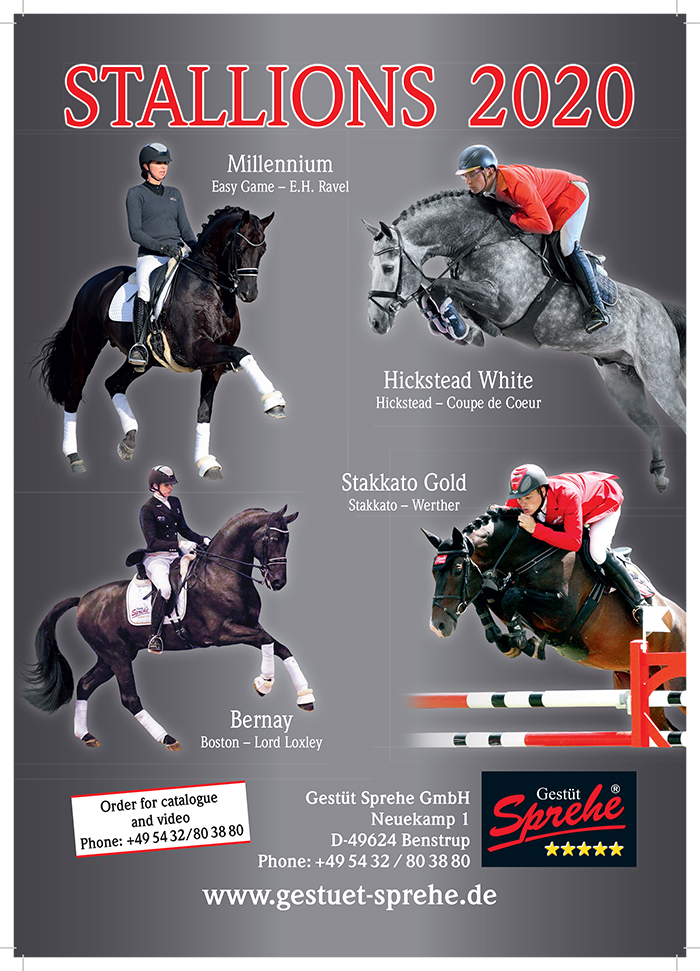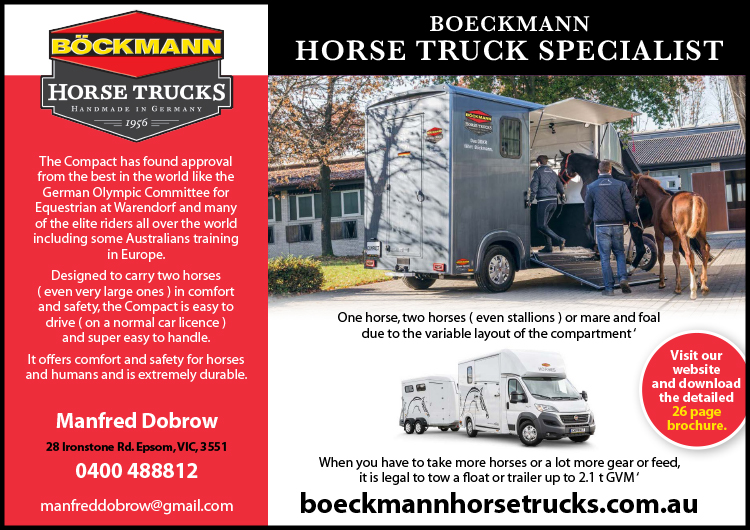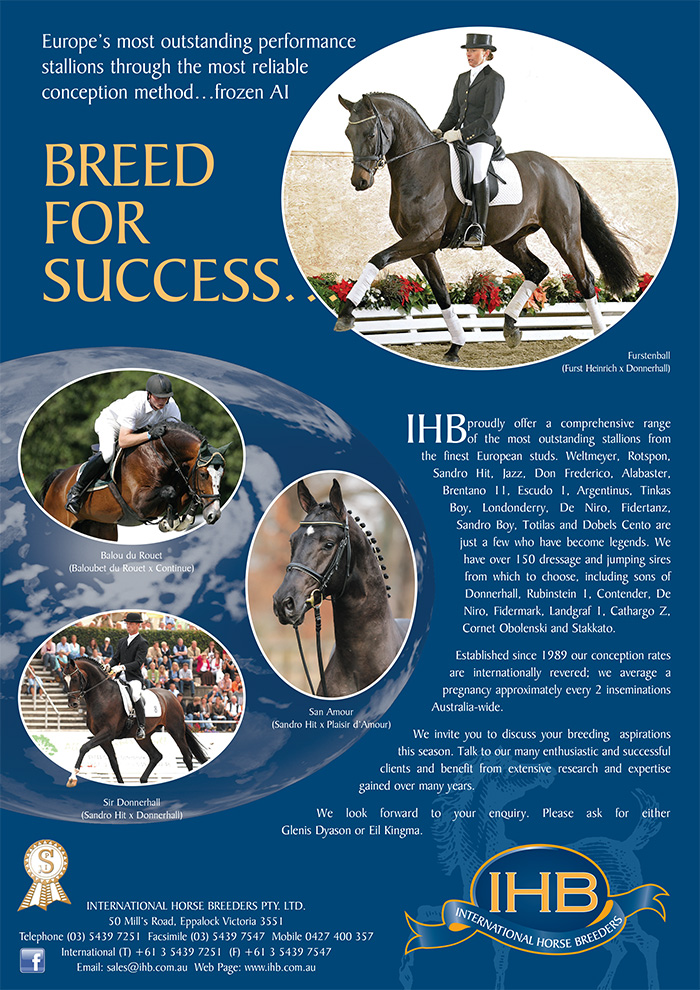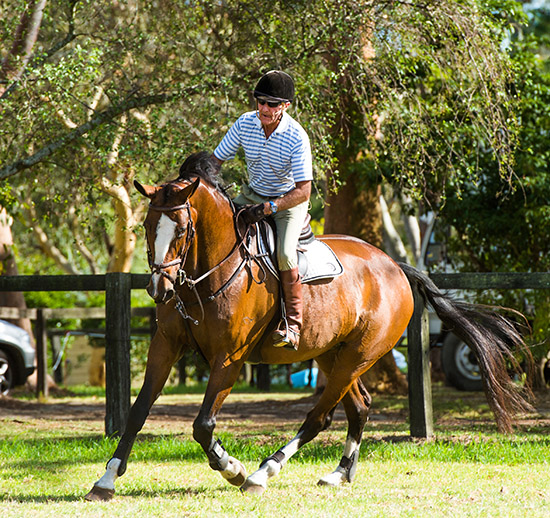
We continue our two part series based on George Morris’ Australian Master Class in 2013 – once again, the wisdom is as fresh as tomorrow.
Christopher Hector wrote the story, Ros Neave took the photos…
On the second day there have been a few horse changes. Jamie Kermond is now riding his World Cup front liner, Colthaga. What is quite noticeable is that all the riders are riding better today. This over-night improvement shouldn’t happen, but it has.
George is stressing how important each and every detail is: “Those were some very nice halts but the horse should be listening to the contact in the halt. Inside the halt is not free lunch. Think about these little details, that’s why I am here. It doesn’t have to be perfect dressage, but the work has to have discipline.”
The riders are riding a half turn reverse, haunches out: “This is a very powerful exercise for engagement, it gets the haunches dancing behind your seat, it produces super collection – the exercise produces collection, not the draw rein.”
This time the cavaletti are on a broken line: “Posting trot, body forward, heel down. You riders love to get back in the chair seat on your bum and raise your heel. Look up and ahead, and on top of the first cavaletti, look to the next. Now go to walk, and I don’t want your horses over-bent. Rolkur is bad physically and mentally for the horse.”
“Walk to canter with no trot strides in the upwards or the downwards transition. You must practice perfect canter departs because on every showjumping course, you have a canter depart.”
Now George had the riders cantering a figure eight, and holding the counter canter. Why? Because you can’t ride a counter canter without using your inside leg… and watch out if you start to get aggressive with your horse in the process.
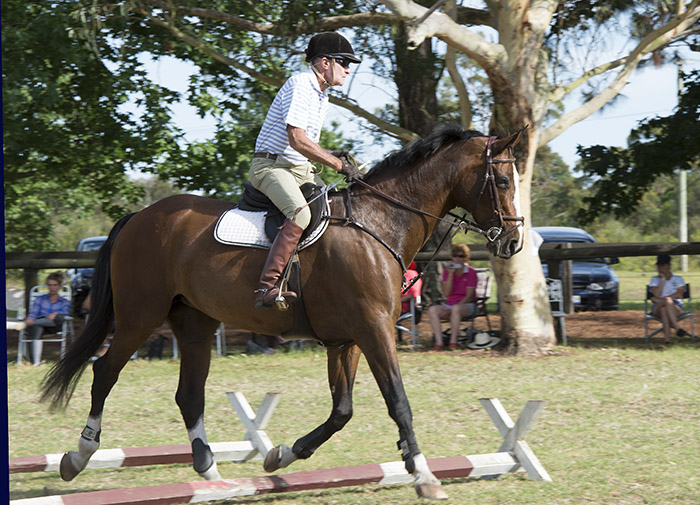
“Don’t you boys get in a temper when you get frustrated with the horse. Why is Carl Hester such a marvelous horseman? No matcho. Strong, but subtle – no matcho. Wait for the horse. Matcho doesn’t wait for the horse – matcho is not horse training.”
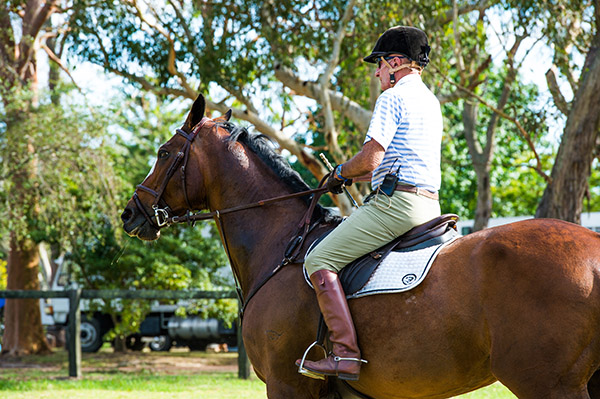
Time for George to ride some more, and this time it is on Todd Hinde’s ride Pro Ratina: “This horse is in front of the leg, but it doesn’t yield to the hand. Watch and you’ll see how quickly I yield my hand. When I take contact I feel the horse blocking on the left side. It must yield to my left leg. Even going to the right, with this horse, I might ask for a counter bend. Even in the halt, I feel with my left hand, but still give. When I rein back, every step I yield, I yield before the horse yields.”
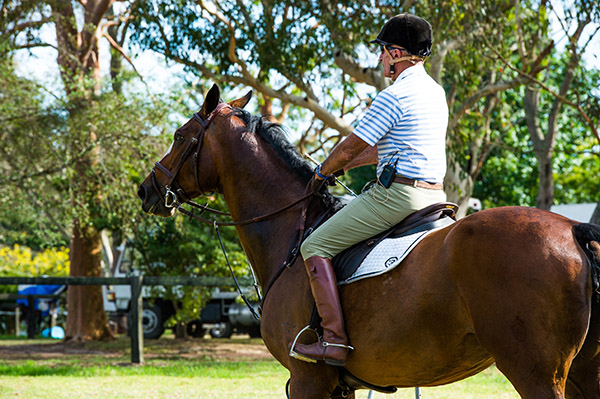
Watch how quickly I yield my hand…
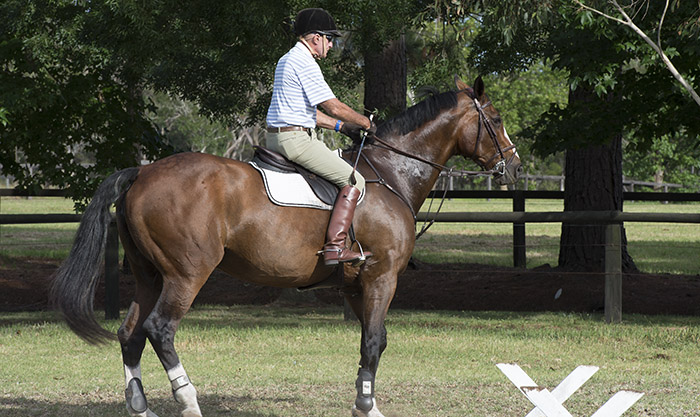
George has asked the mare to stop in the middle of the cavalettis, she resists, he insists: “I am strong because she is strong, but no temper. No temper, but tough, so the horse is listening.”
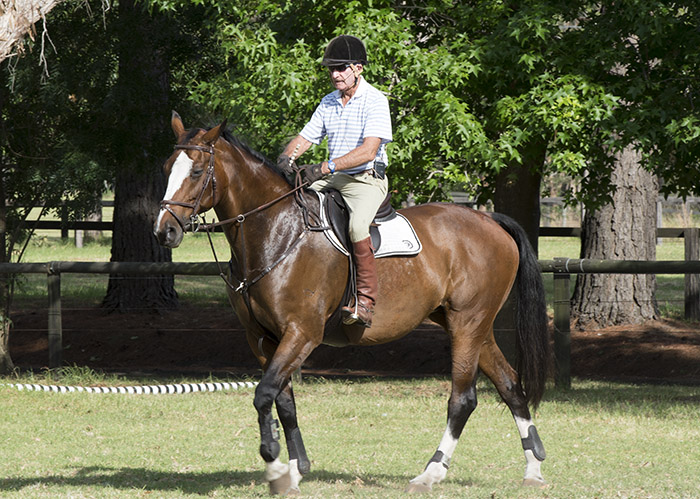
“Now when I am walking a circle, compressing the circle, my left hand is taking / giving, taking / giving. Get her off my left leg and into my right rein. She likes to be on the inside left rein. It is the cart horse in her background (I can feel poor Hilary Scott wincing on the left of me – Pro Ratina is by a grandson of Pilot out of a grand-daughter of Pilot, but for George, un-reconstructed Thoroughbred fan, she comes from Europe, and is therefore ‘cart horse’ bred…) That’s why they have all those bits over there – I think she needs a bit with a higher port. Where are those lovely Thoroughbreds, Apache and Slinky? At least I don’t have to go to the gym today.”
next another exercise
The test is a log to a plank – bounce – plank to an oxer. The trick, says George is to let your horse go forward to the log.
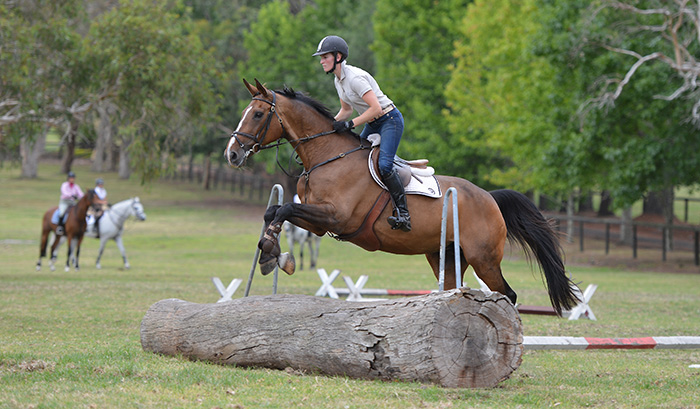
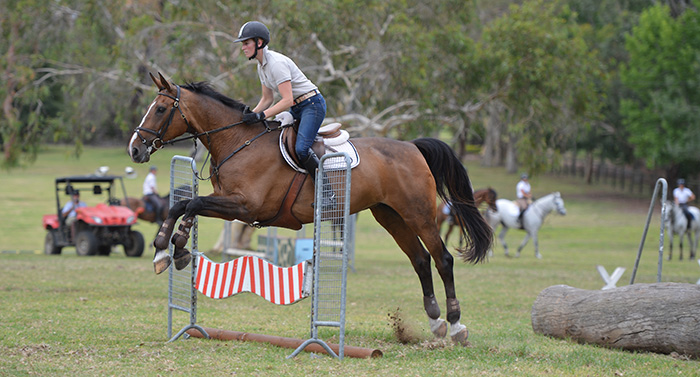
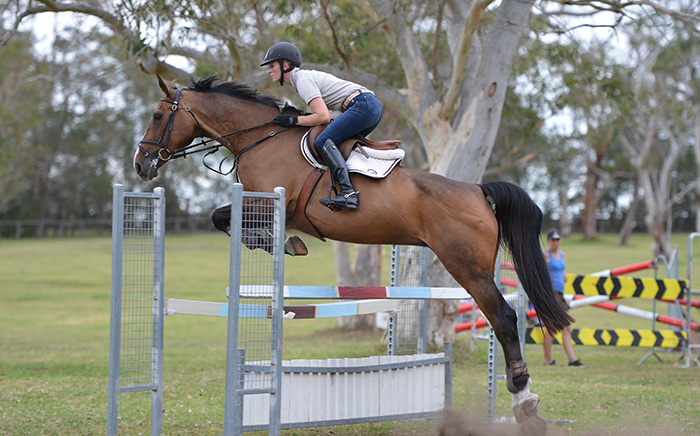
Not too forward to the log and the exercise rides well for Georgie Lucas and her Thoroughbred, Try My Best…
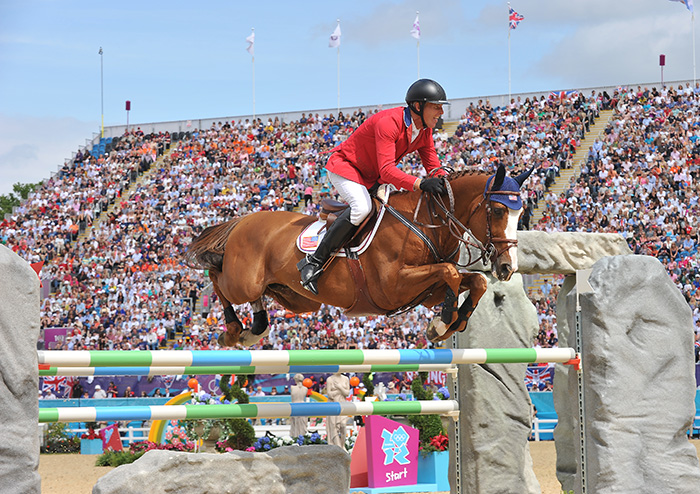
“Rich Fellers is my direct pupil, he is a great exponent of the forward seat. Rich is my disciple and I am his mentor.”
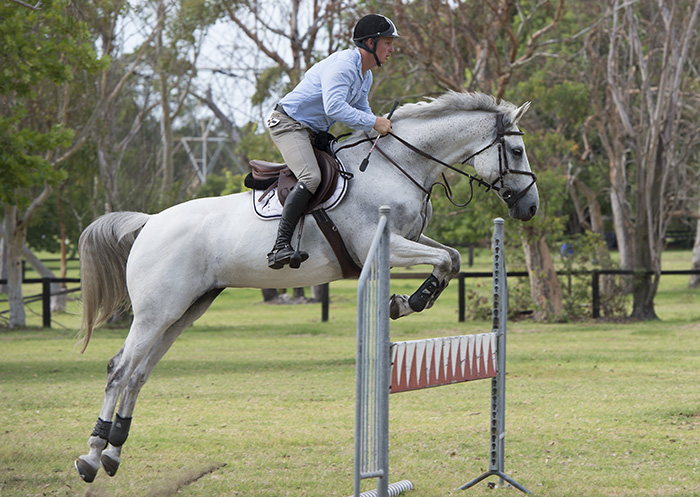
Jamie and his Grand Prix star, Colthaga
Jamie suggests that George’s exercises have improved Colthaga’s style. Not so, says George. “People get too wrapped up in a horse’s style. Royal Kaliber would never have been bought if we had been hung up on style. He twisted, he hung, but he had huge scope. Don’t try to alter a horse’s style, set up fences for the horses, and let them teach themselves. God made the horse and its style, let the horse cope with its style. Worry if they are honest, or if they have scope, but don’t mess with style. That’s for people who think they are Jesus Christ.”
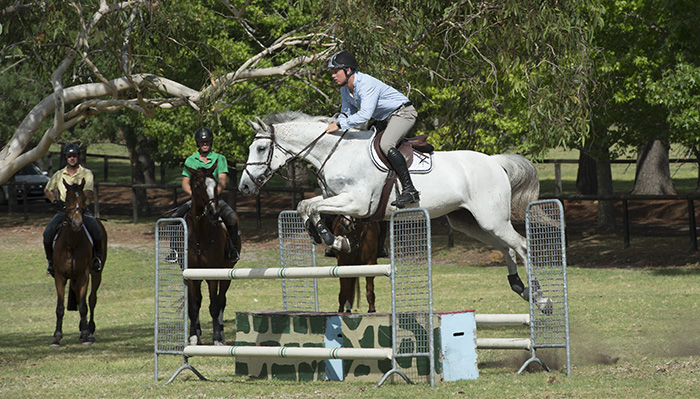
“Your horse is a good horse, but you will get more scope from her if you let her travel with her head up, don’t try and change her style.”
After jumping the line the riders were to aim their horses right at a stout gum tree: “Use the tree at the end to stop. Canter into barriers and it stops a horse almost western style, it helps the half halt, and gets them better listening to the hand. You wouldn’t do this with a young horse but with horses of this age, quick stops are fine. Let the horse bump its nose into the tree, horses can stop very fast.”
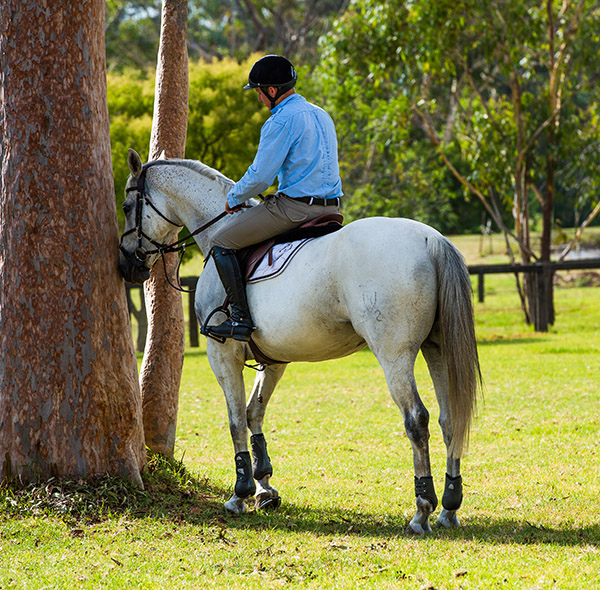
more follows
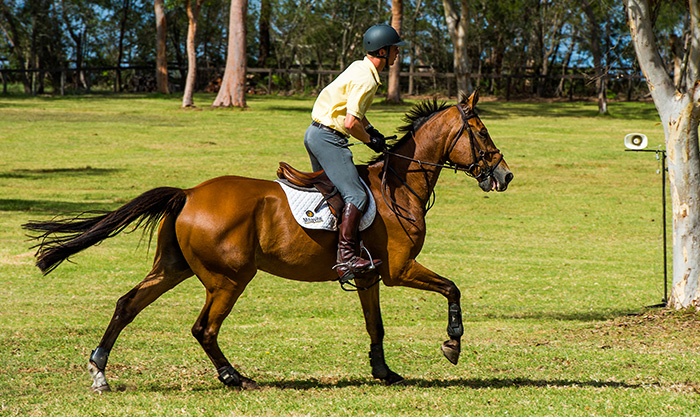
Over and over the riders are enjoined to keep it simple: “Ben, circle and go back to the first jump, because you complicated it. I hate that lift in front of a fence. Maybe you do it at a horse show, of course I know how to do it, but I hate it in training.
Lower your hands at the jump. Don’t get over-protective, keep the pace, get to the base, and release the horse.
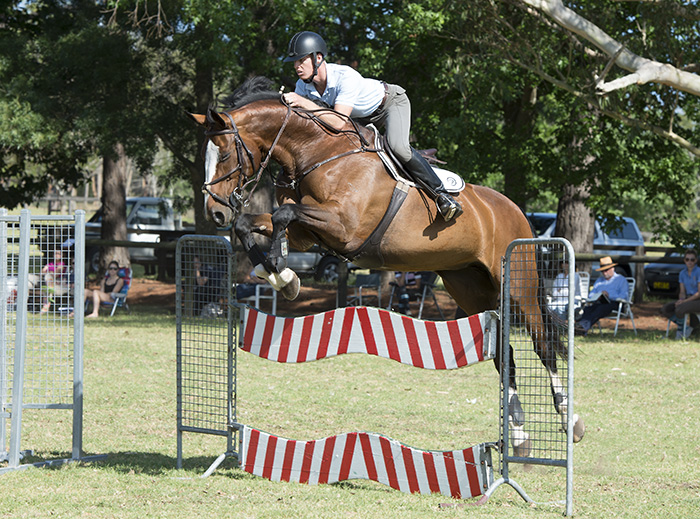
“Todd, jump that plank back and forward. When you lock in on the distance, drop your hands and dare her. If she gets a bad spot, she has to learn to cope with it. Nick Skelton is a master of daring his horses, even with the difficult ones. Watch Nick Skelton, it is a lesson in what I am talking about.”
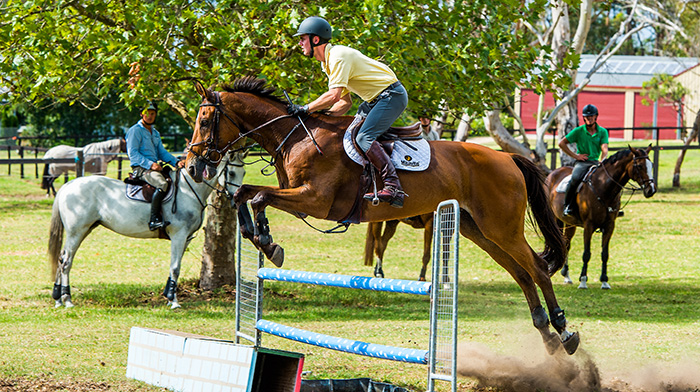
And yes, the ditch was back: “The ditch is going to jeopardize impulsion – impulsion is a moral quality. Some horses have natural impulsion, most have to learn to maintain it at a ditch. Your aids are going to be starting with the softest, the calf, the cluck is stronger, the spur is much stronger, and the ultimate, is the whip. Take your legs off the horse and try to make it go forward with your seat. It doesn’t happen. That’s dogma, the seat produces impulsion, the seat by itself doesn’t produce anything. The seat adds, in conjunction with the leg and hand.”
Another two hours had gone by – time to lengthen the stirrups, a reminder for the riders to always start their next riding session with flat work. “It should be embedded in every jumping rider, the habit of adjusting the leathers. First there is walk, trot and canter, it is not just jumping.”
For the next group, the message is the same – adjust your stirrup leathers.
“Get used to it, every day, the stirrup leathers go up, and down. You can’t get into your horse as well if you are riding with a short stirrup. Cross your reins, ride with the outside hand.”
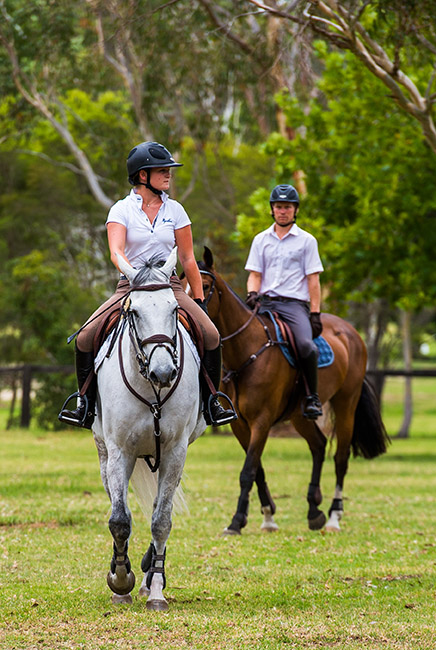
George has this group riding half turns: “This is neck reining, I want you to get your horses super light to the outside aids, combine the neck rein with the outside leg to mobilise the horse’s shoulder. Now open and close the walk, not with a pumping seat or upper body, use your leg and cluck, and remember, when you release the brake, you are not losing connection.”
Time to get fancier, simple changes. “Canter left lead, walk, canter right lead, walk. Start every six strides, if you get down to three or four, that’s good, two or three better, and one stride is even better. The riding is much better in Australia than it was when I first came here, but Christopher when you write your article, I want you to lambast them for their riding, don’t be soft on them, it needs to be much much better.”
Trotting over the cavalletti, George wanted the riders out of the saddle: “Sitting trot, but when you see the obstacle, get your body forward well before you reach it. It is the Caprilli principle, the light seat makes it easier for the horse to get round, it makes it easier for the horse to go fast. In the 80’s, the horse dealers started this practice of sitting behind the horse, but it wasn’t how Winkler, or d’Inzeo or Schridde rode, they all rode in with a forward seat.”
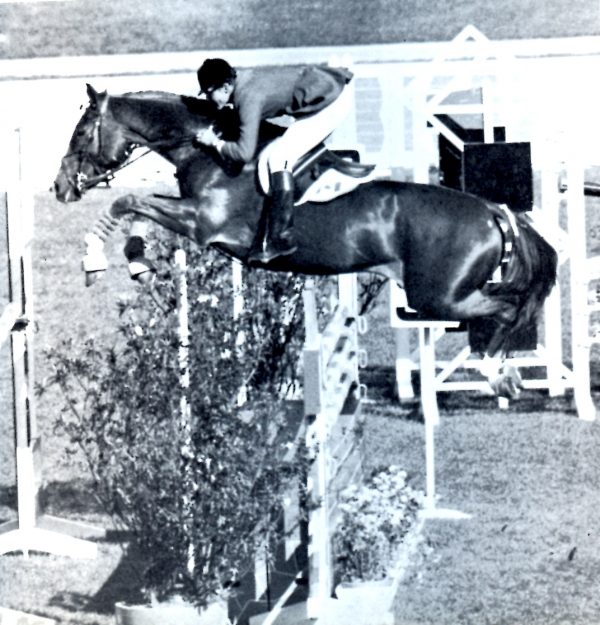
Winkler – forward seat
“Caprilli changed fast riding when he discovered that is was easier if you shortened the stirrups and leaned forward. Every country adopted this system but the most important thing is the short stirrup to relieve the horse’s back, the back is the most delicate part of the horse after the mouth.”
more follows
“Those old masters knew a horse’s anatomy. Riders don’t know anything about anatomy today, but they did. They had time to dissect horses, they knew why head on the chest was physically so bad for the horse, draw reins are so bad for the horse. Those riders before the War they knew that. Today, they just send the horse to the vet clinic – that’s where we are creating these unsoundnesses. I watched Gerd Heuschmann’s tape recently, people like that who are very radical, they make you listen and think…”
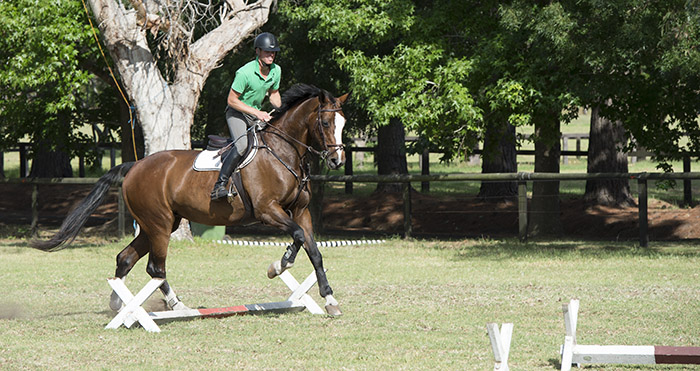
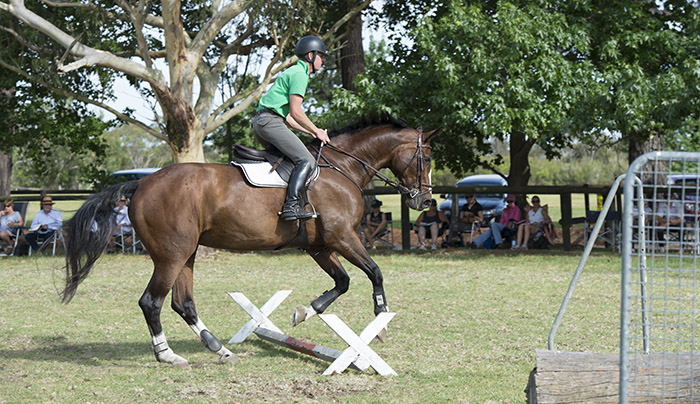 The cavaletti are angled to make a shallow serpentine, the idea here is to teach the opening inside rein: “The wonderful thing about the opening inside rein is that it doesn’t restrict the bascule.”
The cavaletti are angled to make a shallow serpentine, the idea here is to teach the opening inside rein: “The wonderful thing about the opening inside rein is that it doesn’t restrict the bascule.”
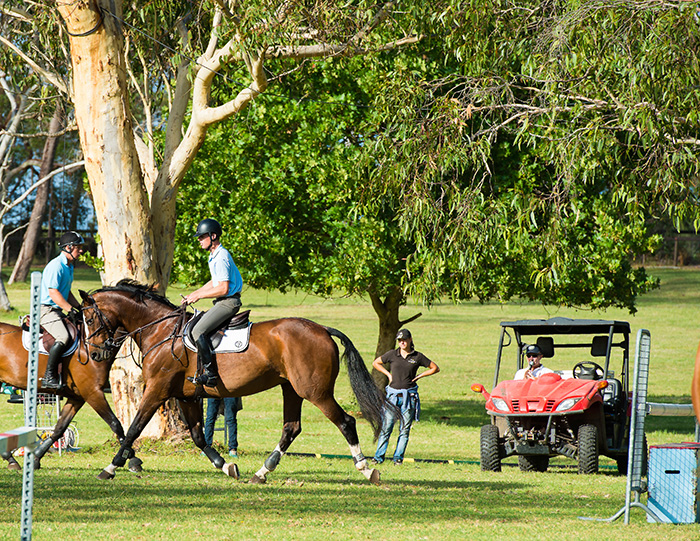
George may have mellowed but he is still no pussy cat: “What’s the most important aid for a horse? BRAINS! Your brains, go home and beat yourselves up and grease your brains.”
Thank you Mr Morris, see you next year…

